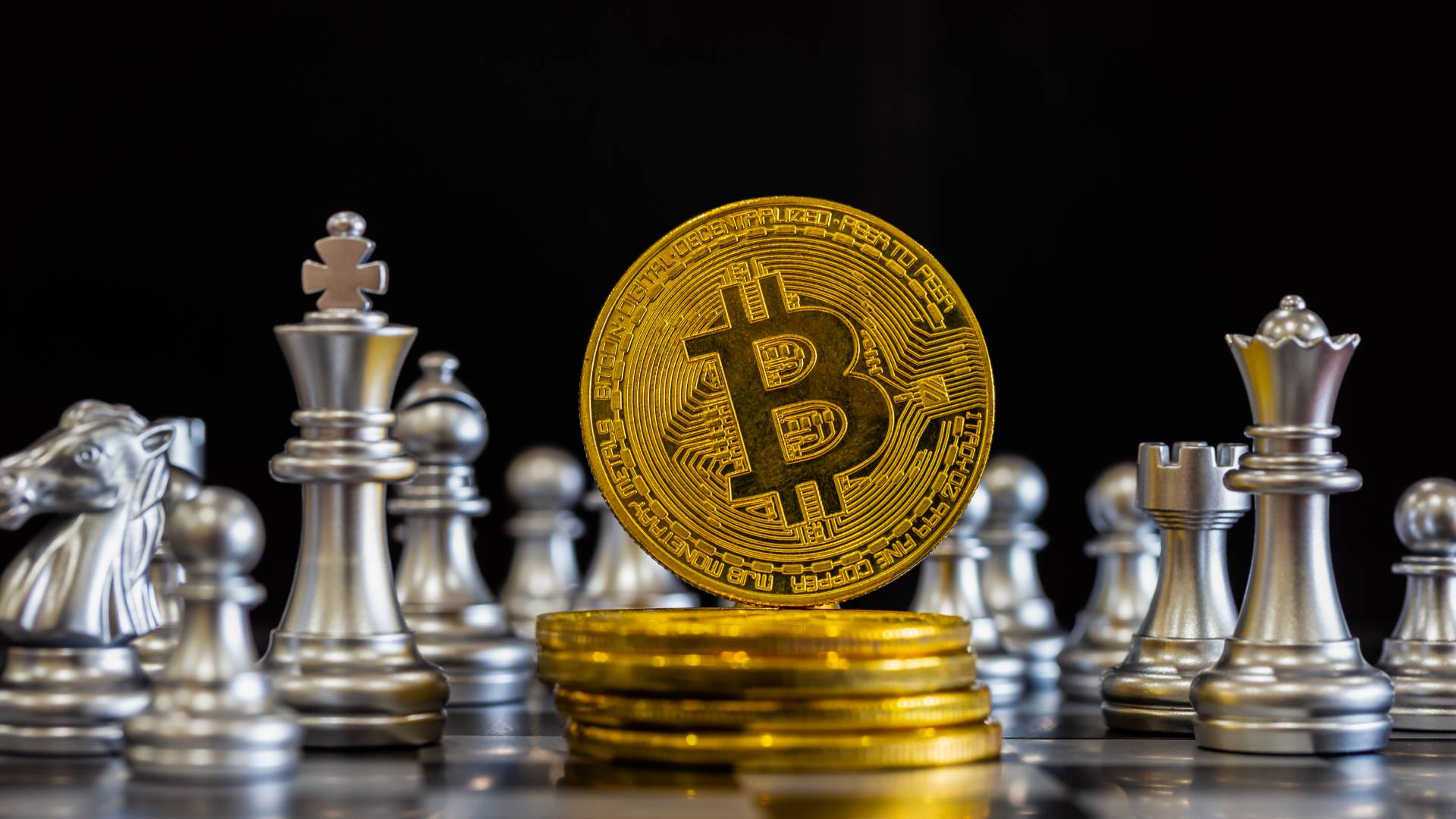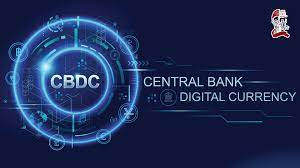CRYPTOCURRENCY - SIMPLIFIED
- Leonard Tajeu

- May 24, 2021
- 6 min read
Updated: May 26, 2021

Let us answer the question, “ what is a cryptocurrency?” A cryptocurrency is a cross between a currency and a digital asset. Like a currency, you can use it to pay for things. Like a digital asset, you can invest in it for long-term gains. It is decentralized digital money, based on blockchain technology. You may be familiar with the most popular versions, Bitcoin and Ethereum, but there
are more than 5,000 different cryptocurrencies in circulation.
How Does Cryptocurrency Work?
A cryptocurrency is a medium of exchange that is digital, encrypted, and decentralized. Unlike the Kenya Shilling/ U.S. Dollar or the Euro, there is no central authority that manages and maintains the value of a cryptocurrency. Instead, these tasks are broadly distributed among cryptocurrency users via the internet.
Bitcoin was the first cryptocurrency, first outlined in principle by Satoshi Nakamoto in a 2008 paper titled “Bitcoin: A Peer-to-Peer Electronic Cash System.” Nakamoto described the project as “an electronic payment system based on cryptographic proof instead of trust.” That cryptographic proof comes in the form of transactions that are verified and recorded in a form of a program called a blockchain. The most common types of cryptocurrency include Bitcoin, Ethereum, Litecoin, Cardano, Binance Coin, and Ripple.
How Are Cryptocurrencies Created?
Cryptocurrencies are created by algorithms that rely on cryptography. That is why it is called “crypto” currency. Every transaction relates back to unique cryptographic codes that secure the network. Cryptocurrency software is decentralized and distributed, meaning it is hosted on many peoples’ computers across the world instead of just on one server by one company. The algorithms generally are written to award coins to computers that add transactions to the blockchain.
There are a variety of ways that cryptocurrencies can be created. Proof-of-work (mining-based) is the most common, but there are also others like proof-of-stake, otherwise referred to as minting.
Proof of Work: One of the main aspects of cryptocurrencies to understand is the concept of proof-of-work, more commonly referred to as mining. As miners gather transactions together on the blockchain, they try and form what is called a block. They do this by essentially solving puzzles. These ‘puzzles’ are actually a very intense cryptographic (mathematics-based) puzzle, but think of it like this; you are given a lock but you do not know the combination, so you continually try to open the lock, trying combination after combination until it works. There are many other people trying to come up with the combination for the same lock - all the miners on the blockchain network. All miners keep trying different solutions until someone solves the puzzle. Once someone has found the correct combination, it is easier for everyone else to verify that block; they simply enter the same combination to verify that it works. Miners no longer need to sit and guess thousands of different combinations, and this allows further verification that your block (answer) is correct.
When new blocks are solved, they are linked to ones that already exist and a new puzzle is then created. Miners are then continuously given a more difficult lock with more digits each time they solve a puzzle. As miners join the network it is necessary to increase the difficulty of the puzzle they are trying to solve to keep the block calculations at around 10 minutes; this is called the network difficulty rating. In simpler terms, every miner on the network is using computer processing power to solve a puzzle, and the first miner to crack the code is rewarded in Bitcoin, Ethereum, or whichever currency they are mining.
Proof of Stake: In proof-of-stake, proving ownership with tokens and investing in the network itself proves that you have a vested interest in its success. The more tokens that you have invested in the network, the more that you will profit from it. Instead of making your profit by mining and receiving a reward once you solve a block, you receive your profit only through transaction fees, which are allocated based on the amount of tokens you hold. So, instead of having more computing power than someone else and solving more puzzles as in proof-of-work, you are proving that you hold more tokens than someone else and should be trusted to process transactions on the network.
Another way to understand proof-of-stake is by looking for financial guidance. The advice of someone who only has KES 1/ USD 1 to their name is probably not nearly as valuable to you as someone who has millions of hard-earned shillings/dollars sitting in the bank. Why? Because the amount of money
they have accumulated, or their stake in the financial realm, is proof that they are more knowledgeable than someone with a single shilling. It is a similar concept with Proof-of-Stake; the miners are now just transaction processors, and those who have the most tokens are considered more trusted. These miners are known as master nodes.
The lack of complex cryptographic problems means less computational power is needed and electricity costs go down. The transaction fees awarded are often not huge, so there will be fewer miners on the network overall, but the more powerful miners will become an authority since they have a lot invested in the network and want to see good things happen with it. Many blockchains using proof-of-stake prevent stakers from manipulating records by holding a certain amount of the tokens they have committed to the network accountable. If one staker tries to alter the blockchain, other stakers will not come to the same conclusion and the staker who tries to manipulate the blockchain will forfeit the tokens they are staking as a penalty. This discourages illicit activity.
How is Value Created?
The hardest part of creating a cryptocurrency is to gain adoption. Without adoption, or a network effect any cryptocurrency is worthless. Most cryptocurrencies are built around an idea, to encourage something, or solve some real-world problems or problems associated with other cryptocurrencies themselves. But without people using it, it is never going to work out. This
means a lot of time, effort, and even resources have to be dedicated towards gaining traction and adoption. Like any currency, cryptocurrencies gain their value based on the scale of community involvement (like the user demand, scarcity, or coin’s utility).
Coin’s Utility: To make a cryptocurrency valuable one needs to make it utile. Any cryptocurrency is primarily a manifestation of using a decentralized digital ledger - blockchain technology. So to make your crypto coin utile, you need to make it usable within a certain blockchain ecosystem. Let us take Ethereum (more on this later) as a use case. You cannot start using the Ethereum platform without an Ether — a coin, specially tailored to “fuel” the transactions within the Ethereum platform. Accordingly, the value of Ethereum depends on the demand for the platform's services.
Scarcity: Scarcity stands for the finite nature of digital coins. In the perfect scenario, the demand should exceed the supply of the coins, to make it more valuable. For example, the finite supply of Bitcoin never goes beyond 21 million coins. As the most popular crypto in the market, Bitcoin thus enjoys great demand and a rise in value. In a bid to fuel the rise in value, some currencies apply a so-called “burning” mechanism, destroying a part of the coin supply.
Perceived Value of the Project: Any cryptocurrency value depends on the overall viability and progress of the project development. Projects that keep developing, achieving one milestone after another, establishing lucrative partnerships, or launching user-friendly software becomes more valuable in the eyes of the market. All of these are indicators, largely contributing to the positive sentiment around the project and affecting the value of its cryptocurrency.
Should I Invest in Cryptocurrency?
Whenever I get asked, “Should I think about buying any cryptocurrency such as Bitcoin or Ethereum?”, I tend to answer along the following lines [and note, I’m by no way an investment advisor, nor in any position to give any investment advice, so none of this should be considered any]. Basically, do you have any spare money? Do you like to speculate in a fairly volatile investment (and I use the word “fairly” being polite)? Have you ever been to a casino? If so, welcome to the Crypto Casino. Experts hold mixed opinions about investing in cryptocurrency. Because crypto is a highly speculative investment, with the potential for intense price swings.
As for how much to invest, my opinion would be it depends on how much you have now, and what’s really at stake for you, from a loss perspective. The keyword when investing in cryptocurrencies should be VOLATILITY not return.
It really does need to be taken into account that crypto is a form of currency that has been in existence for approximately 10 years. It isn’t gold and it isn’t fiat. This is a brand new technology that has already illustrated its ability to fundamentally disrupt the global financial system. But it isn’t perfect by any stretch.
Crypto, digital, or virtual currencies have created a paradigm shift in the way we look at money. The way we look at potentially buying it. The way we look at potentially spending it.
Education is the key to the future! KEEP READING, and EMBRACE THE FUTURE!



Comments